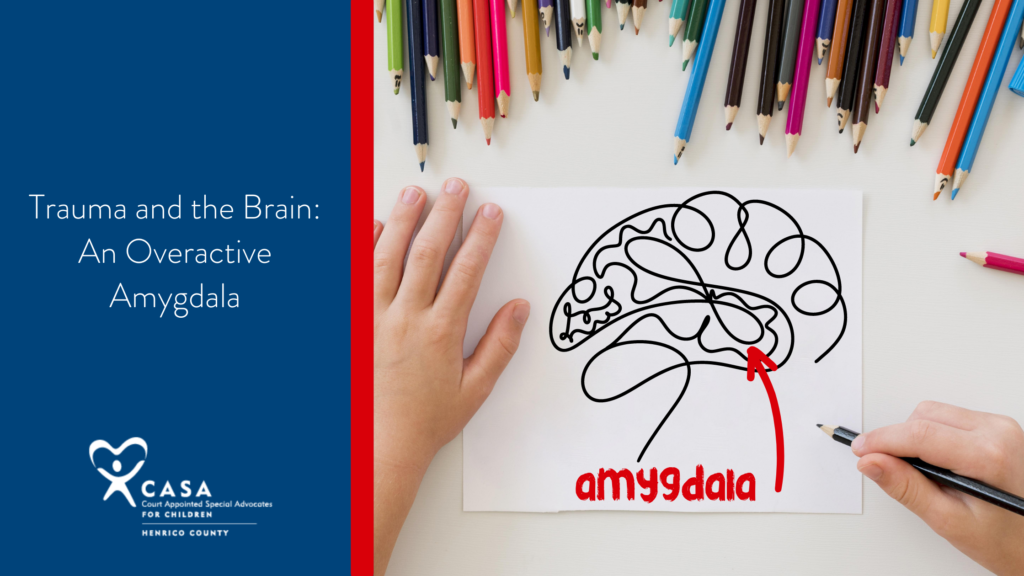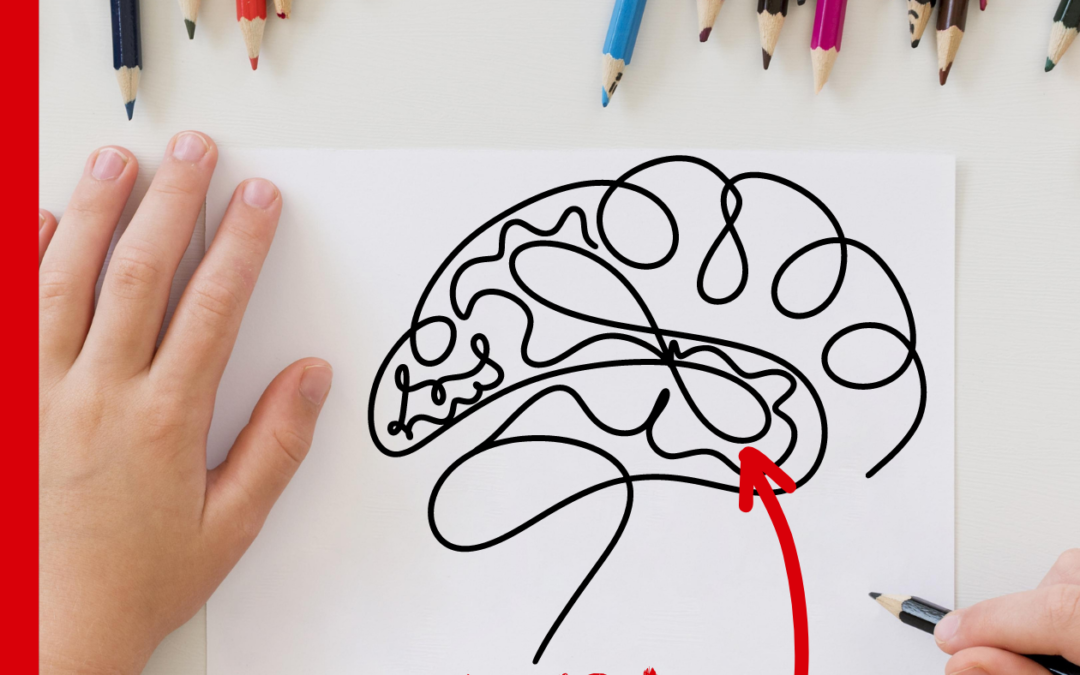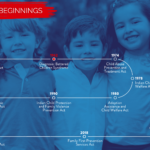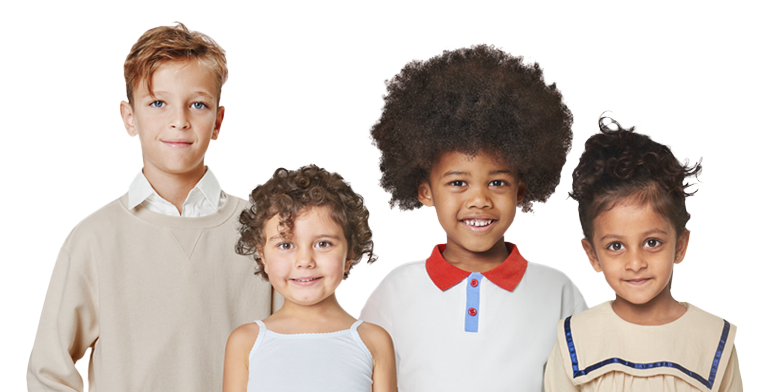
Not all scars are visible. Childhood trauma affects the brain, impairing both the brain’s function and structure. While these hurts may seem invisible, they are not. The effects of trauma on the brain are noticeable to those who look for the signs and symptoms in children. Our June blog posts explore how trauma affects the brain and how you can be an attentive adult who sees these ‘invisible’ scars.
Trauma and the Amygdala
The emotional response center of the brain, where fears and threats are processed, is the amygdala. The amygdala activates the brain’s response to threatening stimuli (“fight,” “flight,” or “freeze”). In a healthy brain, the amygdala correctly responds to dangerous situations. In a brain affected by trauma, the amygdala may become overly sensitive to stimuli, overreacting to perceived threats that may actually be false alarms.
Children who have experienced trauma may experience some or all of the following, as a result of an overactive amygdala:
- PTSD
Children can develop post-traumatic stress disorder as a result of one specific traumatic event, or in response to ongoing trauma during their development. Symptoms of PTSD include avoidance behaviors and heightened responses to triggers that remind a child of their trauma. - Hypervigilance
Children who are overly alert, specifically on the look-out for dangers, may be experiencing an overactive amygdala. These children sometimes appear to be “on-edge” or watchful. - Anxiety and Panic Disorders
When the amygdala’s fight or flight response is enacted too often, a child may seem to worry excessively or appear restless. Moments of intense anxiety can escalate to panic attacks. - Avoidance
In order to manage symptoms like anxiety, children may try to avoid people or places that are related to their trauma. They may also develop phobias in their attempts to avoid perceived dangers.
As a caring adult in a child’s life, you can watch for these symptoms of an overactive amygdala. It can be challenging to help a child feel safe, because their brains are perceiving danger. However, don’t be discouraged! Be present with the child, offering encouraging words. Where possible, help them approach a fear versus avoiding it. It is also often helpful to practice coping skills such as calming breathing techniques. (We love the 4-7-8 method!)
*****
June is PTSD Awareness Month. If you or a loved one are struggling with PTSD, you can call 988 to be connected with mental health resources.










